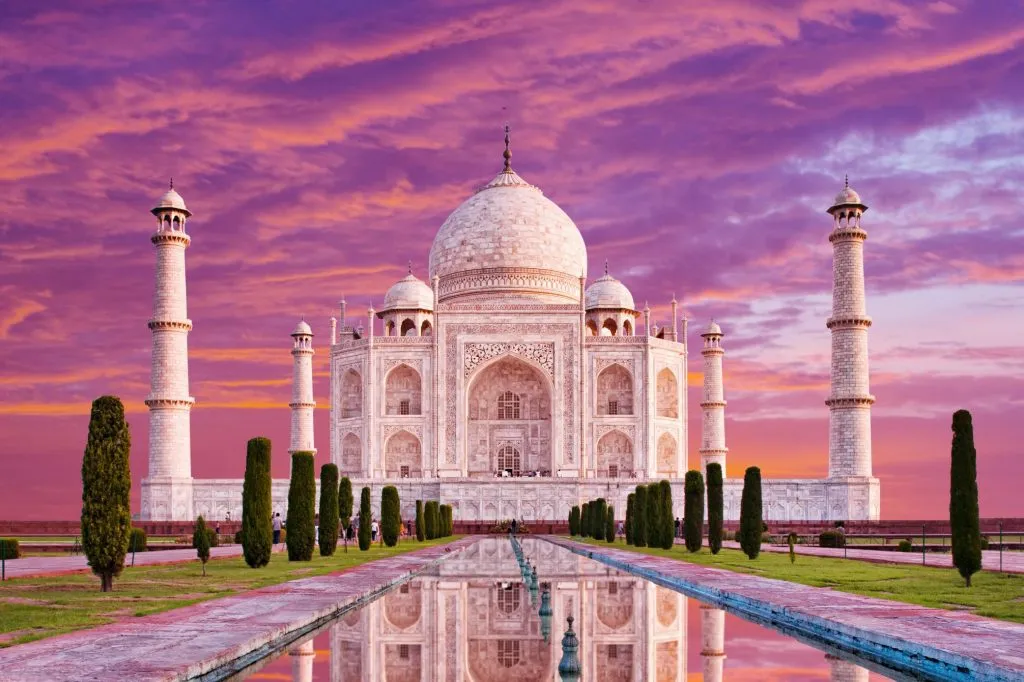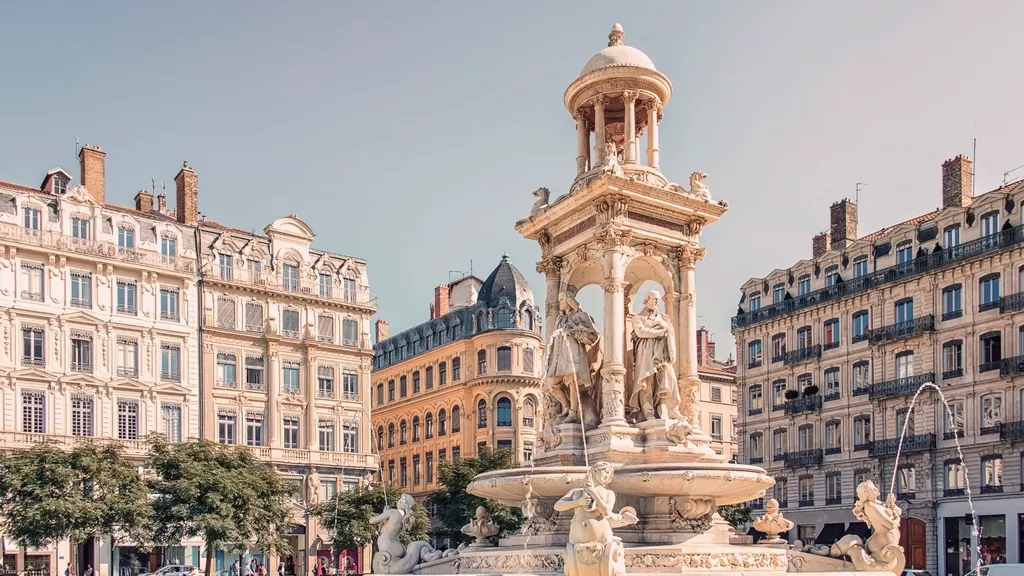
JPG vs TIFF : Choosing the Right Image Format
In the world of digital imaging, selecting the appropriate file format can significantly impact the quality, versatility, and usability of your images. When it comes to comparing image formats, two popular options are JPG (Joint Photographic Experts Group) and TIFF (Tagged Image File Format). While both formats have their strengths and weaknesses, understanding their differences is crucial for making informed decisions about image storage and usage. In this blog, we'll explore the distinctions between JPG and TIFF, helping you determine which format best suits your needs.
Understanding JPG and TIFF:
Before diving into the comparison, let's briefly review JPG and TIFF:
JPG (Joint Photographic Experts Group):
JPG, also known as JPEG, is a widely used image format known for its efficient compression algorithm. It is ideal for photographs and complex images with gradients or natural scenes. JPG uses lossy compression, meaning that some image data is discarded during compression to reduce file size while maintaining visual quality. This compression makes JPG files smaller and more manageable, suitable for web use, email attachments, and digital media.
TIFF (Tagged Image File Format):
TIFF, or Tagged Image File Format, is a flexible and versatile image format commonly used in professional settings, such as graphic design, printing, and photography. Unlike JPG, TIFF files are typically uncompressed or use lossless compression, preserving all image data without sacrificing quality. This results in larger file sizes but ensures maximum image fidelity and detail. TIFF supports various color spaces, bit depths, and layers, making it suitable for high-quality printing and archival purposes.
Comparing JPG and TIFF:
Now, let's compare JPG and TIFF based on various factors:
Compression:
The most significant difference between JPG and TIFF is compression. JPG uses lossy compression, which sacrifices some image data to reduce file size. In contrast, TIFF files are typically uncompressed or use lossless compression, ensuring that all image data is preserved without any loss in quality. This makes TIFF ideal for applications where image quality is paramount and file size is not a concern.
File Size:
Due to its compression method, JPG files are smaller in size compared to TIFF files. This makes JPG more practical for web use, digital media, and projects where file size is a consideration. On the other hand, TIFF files are larger but offer superior image quality and detail, making them preferable for high-resolution printing and archival purposes.
Image Quality:
While both formats can deliver high-quality images, TIFF is generally considered superior in terms of image fidelity and detail. With its uncompressed or lossless compression options, TIFF preserves all image data without any loss, ensuring maximum quality for printing and professional applications. JPG, while suitable for most everyday purposes, may exhibit compression artifacts or loss of detail in complex images.
Color Depth and Layers:
TIFF supports various color spaces, bit depths, and layers, providing greater flexibility and versatility for professional workflows. This makes TIFF well-suited for tasks that require precise color reproduction and image manipulation, such as graphic design and prepress work. In contrast, JPG typically supports 24-bit color and does not offer the same level of customization and control as TIFF.
Conclusion:
In conclusion, the choice between JPG and TIFF depends on your specific requirements and priorities. If you prioritize image quality, color accuracy, and detail, TIFF is the preferred format for professional applications, printing, and archival purposes. However, if file size and web compatibility are essential factors, JPG offers efficient compression and smaller file sizes, making it suitable for everyday use and digital media.
Ultimately, understanding the strengths and weaknesses of each format will help you select the most appropriate option for your projects. Whether you opt for the compression efficiency of JPG or the image fidelity of TIFF, both formats have their place in the world of digital imaging, offering flexibility and versatility for a wide range of applications.






